If you come from a part of the world that uses the words shrine and temple interchangeably, you will quickly learn that have a specific meaning in Japan. The entrance to a Shinto shrine, the indigenous religion of Japan, is a torii, two upright pillars, joined at the top by two horizontal cross-bars, the upper of which is normally slightly curved. The structurally simple torii are often painted bright vermilion making them stand out from their background. The entrance to a Buddhist temple, the imported religion that came much later, is a more substantial affair with multi-tiered roof and fierce looking guardians at the gates. Knowing the difference is useful while visiting Kyoto, the cultural capital of Japan, which is famous for its thousands of shrines and temple.
Our stay there was punctuated by intermittent drizzle, but nothing that could not be dealt with with borrowed umbrellas in hand. To sample several of Kyoto's important sights, we explored the Southern Higashiyama neighborhood, following a walking route that takes you past many of the must-see sights including Koimazu-dera, one of the famous landmarks of the city.
The temple is up on a hill and one of the approaches is a charming street lined with old wooden houses, traditional shops, teahouses and restaurants catering to the faithful and tourist alike. What made this walk even more interesting to us were the many pickled vegetable shops, confectioners and tea shops. Pickles prepared from daikon radish, red ginger, Chinese cabbage, cucumber and other unidentified vegetables, which we later found was called Tsukemono ((say TSKEH-mohnoh), were available to sample at each of these establishments and having tasted a few in one, we walked into several of them to feast on the crunchy, salty, sweet-sour treats ! There were several types of pickles for each vegetable, some in vinegar, various oils, sprinkled with sesame etc.
All the confectioner stores were equally inviting. Quite literally they had a person stationed at the entrance with a sample tray in hand and calling out every passer by to step in and we did that very willingly. Sampling sweet pounded sticky rice with a variety of filling - read bean paste, fruity concoctions, each a colorful little package of deliciousness, we did not refuse any that was offered to us and along with the pickles, we made a meal of these samples.
Another stand-out among the hundreds of temple/shrine destinations was the Fushimi Inari Taisha, a short train-ride away from the city center. The entire complex consists of five shrines that sprawl across the wooden slopes of a hill. A pathway wanders up the mountain and is lined with hundreds of red torii. You wind your way to the top walking through this visually spectacular tunnel.
One of the most photographed places in all of Japan is the Golden Pavilion at Kinkafu-ji. It is a Zen temple where the roof of the top two floors are completely covered in gold-leaf. It is located by a pond and its reflection in the water adds to its allure. We made extra effort one evening to walk to the To-ji shrine, the tallest wooden pagoda in Japan.
We also made a half-day trip to Arashiyama (second only to Higashiyama as the most important sightseeing district in Kyoto), and the attraction here is the temples are scattered throughout the area's famous bamboo groves. According to our guidebook, the bamboo forest in the film Crouching Tiger, Hidden Dragon was probably shot at the main grove here. Walking around the side-streets, quiet neighborhoods, alongside farms and paths lined with towering bamboo on both sides, we seemed to be a world away from modern Japan.
If all this gives the impression that Kyoto is all culture and temples, that is only part of the story. Kyoto train station, with its bold design of steel and glass with wide open spaces is very modern and striking. It is almost a self-contained city by itself and has several floors of hotels, malls, restaurants etc.
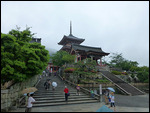


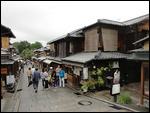
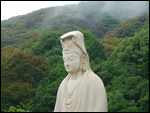
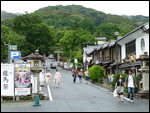
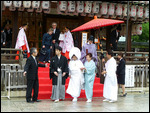
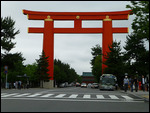

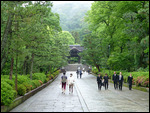
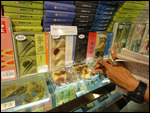


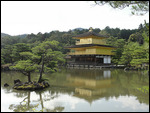


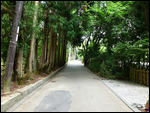
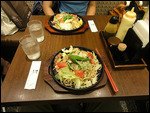
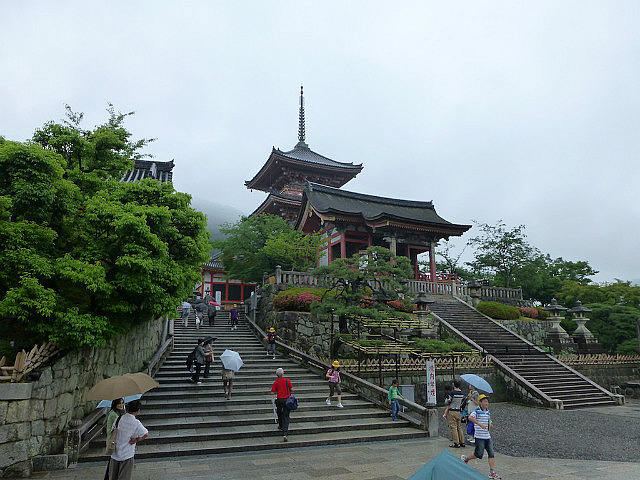
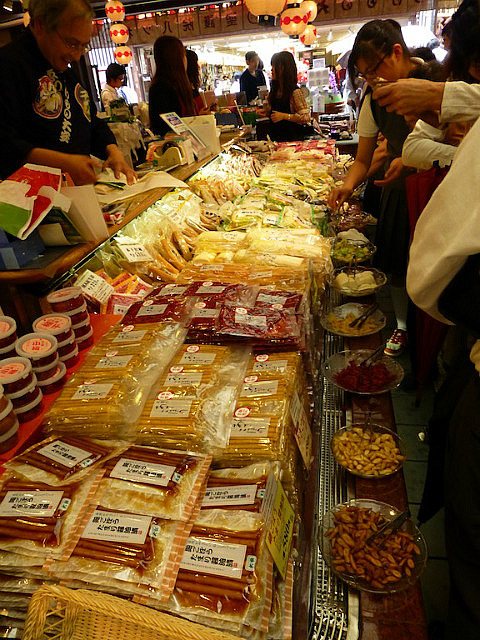
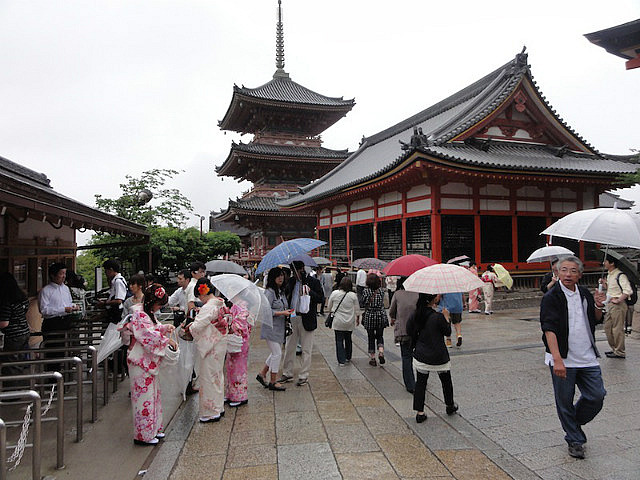
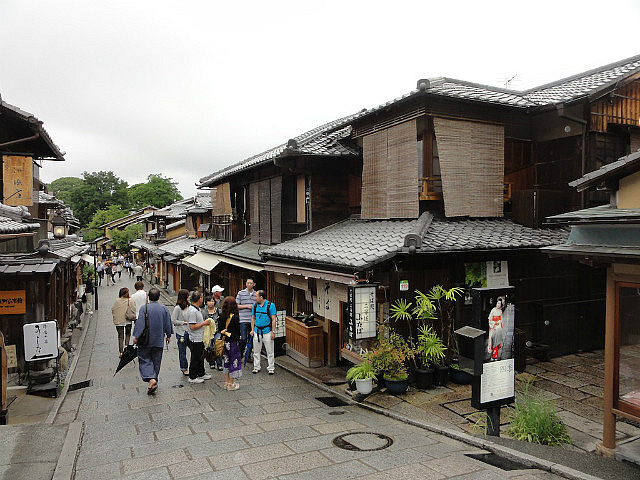
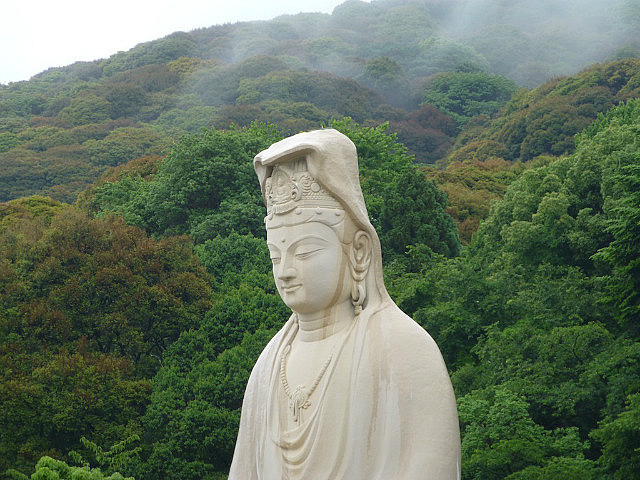
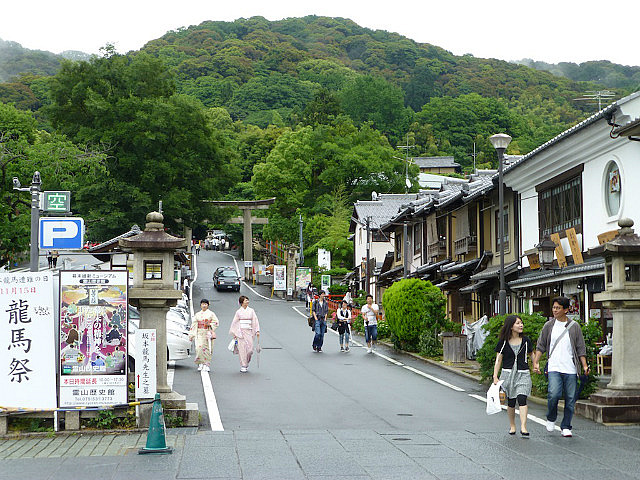


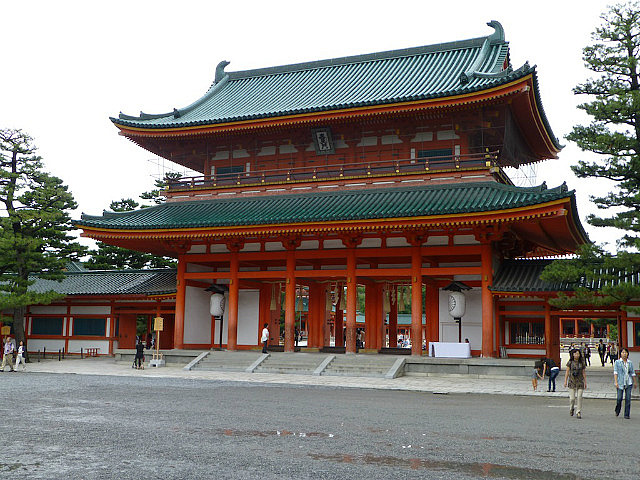
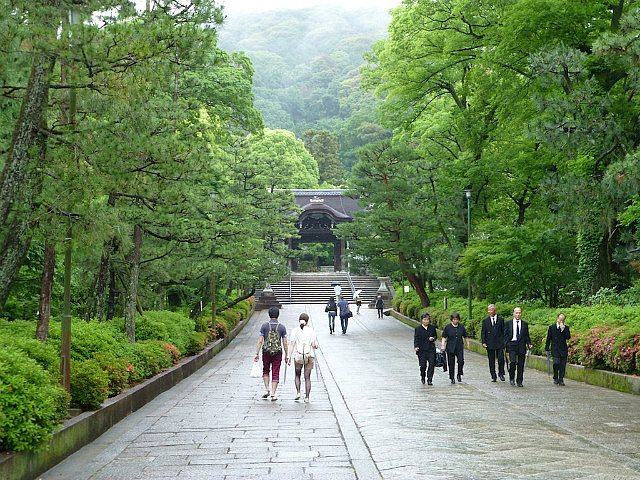



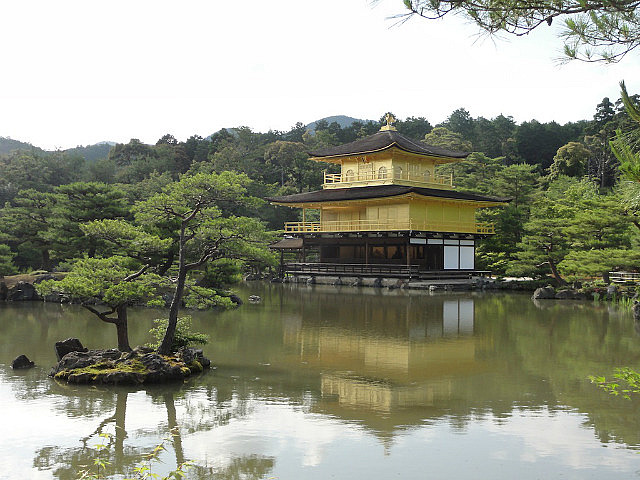
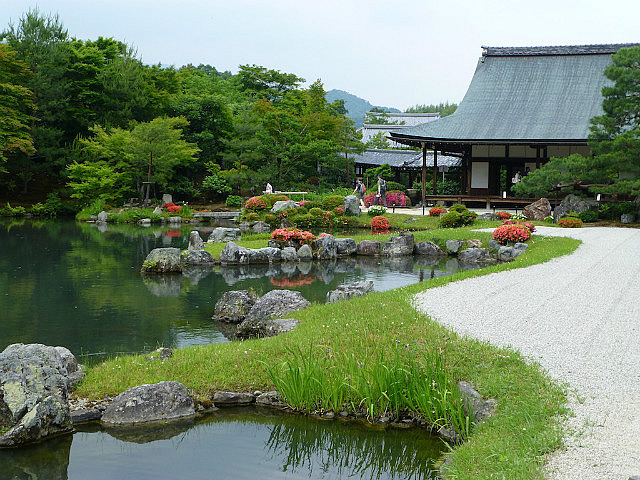
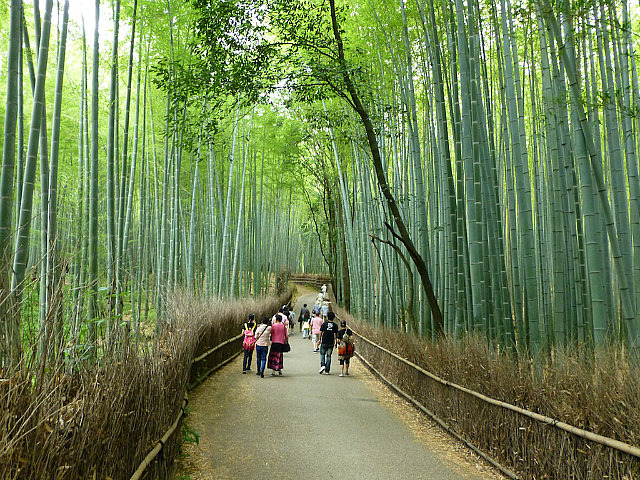
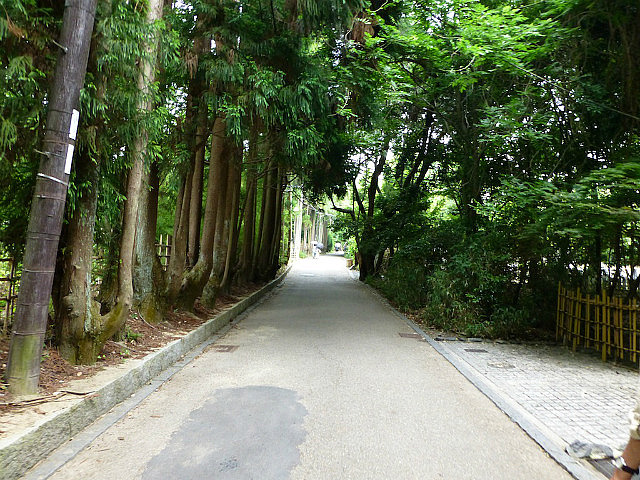

Comments